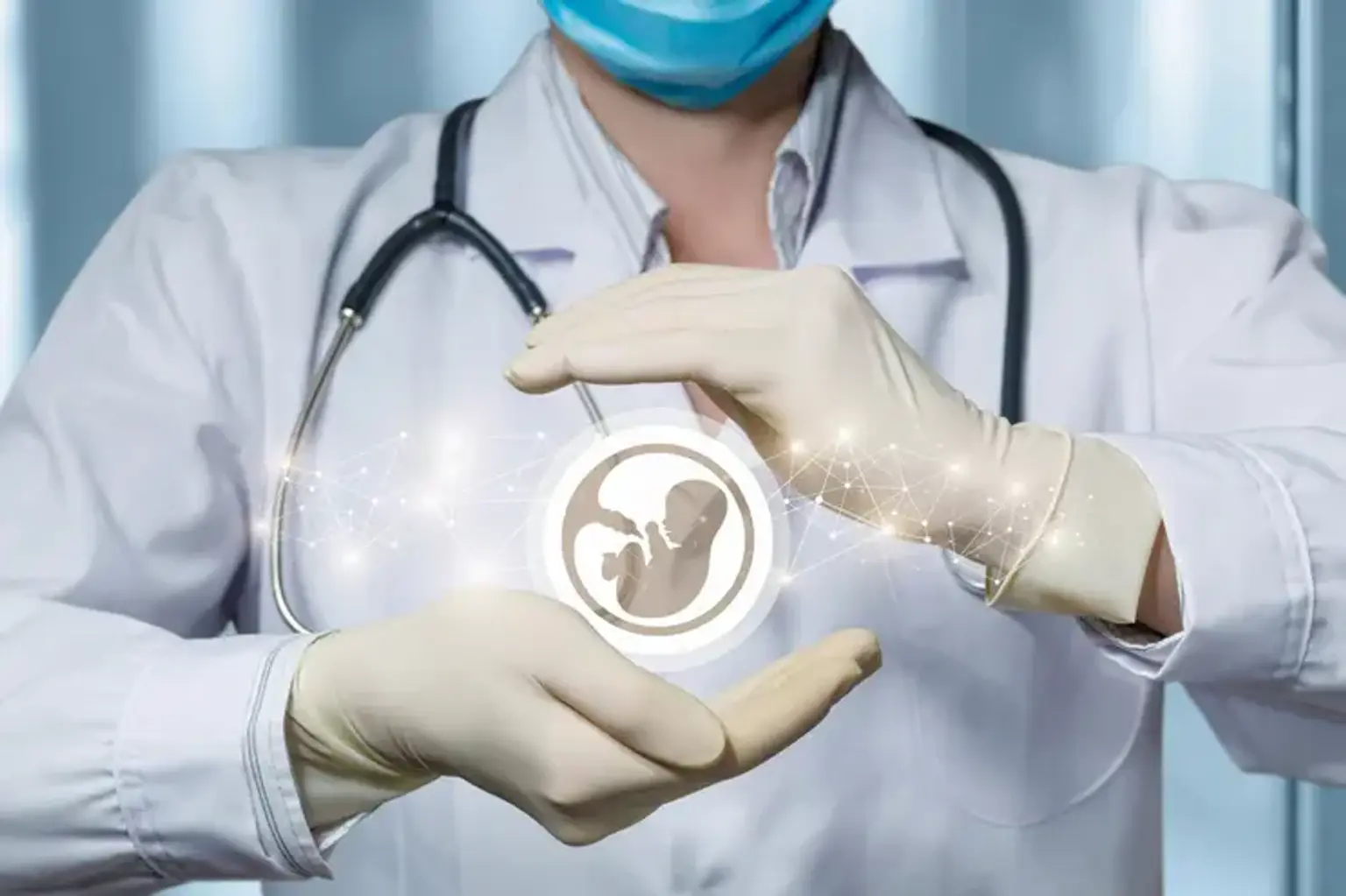Subfertility
Overview
Subfertility and infertility are frequently used interchangeably, however they are not the same thing. Subfertility is the inability to conceive. Infertility is defined as the inability to conceive naturally after a year of attempting. The chance of conceiving spontaneously exists with subfertility, although it takes longer than usual. The chances of conceiving without medical assistance are slim with infertility. According to studies, most couples may conceive spontaneously after 12 months of regular unprotected intercourse.
